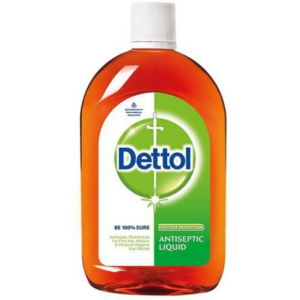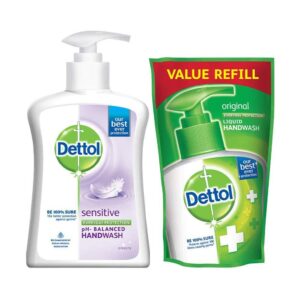CHLOROXYLENOL + TERPINEOL
Chloroxylenol: Chloroxylenol is an antibacterial agent that is commonly used in over-the-counter antiseptic and disinfectant products. It is primarily used for topical application to prevent and treat infections in wounds, burns, ulcers, and other skin conditions.
The mechanism of action of chloroxylenol involves disrupting the bacterial cell wall and inhibiting the growth and reproduction of bacteria. It possesses broad-spectrum activity against various gram-positive and gram-negative bacteria, as well as some fungi.
Chloroxylenol is available in various formulations such as soaps, creams, lotions, and solutions. The recommended dose and application method may vary depending on the specific product and the intended use. It is essential to carefully read and follow the instructions provided with the product or consult a healthcare professional for proper usage guidelines.
Side effects of chloroxylenol are generally infrequent and mild. Some common side effects may include skin irritation, redness, itching, or a burning sensation at the site of application. In rare cases, individuals with hypersensitivity or allergy to chloroxylenol may experience more severe skin reactions or anaphylaxis. If any adverse reactions occur, it is advised to discontinue use and seek medical attention.
It is important to note that chloroxylenol is for external use only and should not be ingested or applied to eyes, ears, or mucous membranes. It is not intended for use on large or deep wounds, or on damaged or broken skin, unless specifically directed by a healthcare professional.
As with any medication or topical product, it is recommended to consult a healthcare professional or pharmacist before using chloroxylenol, especially if one has any pre-existing medical conditions, allergies, or is pregnant or breastfeeding.
Terpineol: Terpineol is a naturally occurring alcohol that is found in various essential oils, such as pine oil, eucalyptus oil, and lilac oil. It is widely used in industries such as perfume, flavoring, and pharmaceuticals due to its aromatic properties.
Terpineol has been used as a sedative, antiseptic, and expectorant. It is also known for its soothing effects on the central nervous system, making it a popular ingredient in aromatherapy.
The exact mechanism of action of Terpineol is not fully understood, but it is believed to act on the GABAergic neurotransmitter system. It enhances the activity of gamma-aminobutyric acid (GABA), a neurotransmitter that inhibits brain activity, leading to sedative and calming effects.
Terpineol is available in various formulations, including essential oils, topical creams, and inhalants. The dosage and form of administration may vary depending on the specific product.
While Terpineol is generally considered safe when used in appropriate amounts, it may cause allergic reactions in some individuals. Common side effects may include skin irritation, redness, and rash when applied topically. Ingesting large amounts of Terpineol may lead to stomach upset, nausea, and vomiting.
It is important to note that Terpineol should not be used as a substitute for medical treatment. If you have any specific medical conditions or concerns, it is advisable to consult with a healthcare professional before using Terpineol or any other product containing it.




